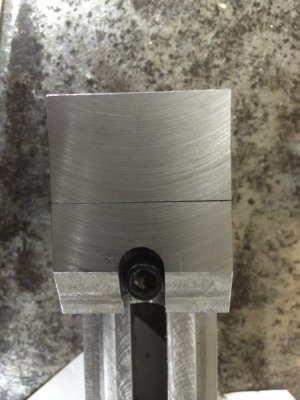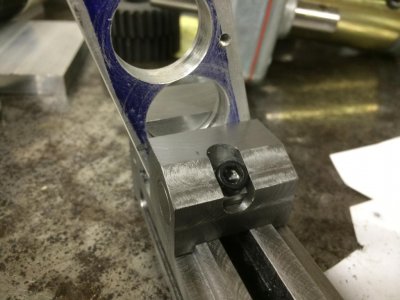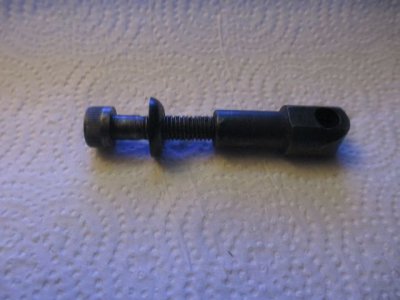- Joined
- Dec 8, 2013
- Messages
- 2,651
kizmit99 said:I think I need some advice on this one. At first I was thinking I would cut a relief into the bottom edge of each jaw face, then mount this vise in my mill vise and run an end-mill across each face, using very light passes. I'm now second guessing this approach. Does anyone have any suggestions on how to proceed?
Thanks in advance!
It occurs to me that you might want to load the jaws while you do that the way you would while trueing a lathe chuck.




